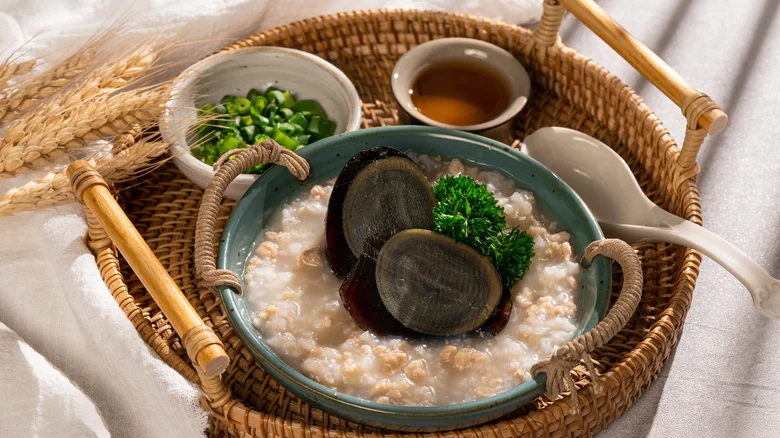Unveiling the Origins of Century Eggs
Century eggs, also known as 500 or 100 year eggs, boast one of the most intriguing origin stories in culinary history. The most popular tale suggests that a Chinese farmer during the Ming Dynasty stumbled upon duck eggs that had been encased in lime mud. After tasting the unusual creation, he was struck by the unique flavors of the blackened egg and decided to replicate the process. This fascinating discovery marks the beginning of century eggs as we know them today.

The Unusual Process of Making Century Eggs
Creating century eggs is not a simple task; it involves a meticulous process that can take months to complete. To make them, duck, quail, or chicken eggs are coated with a mixture of alkaline substances, clay, wood ash, quicklime, and slaked lime. Following this preparation, the eggs are wrapped in husks and stored away, allowing them to develop their distinct jelly-like texture and a recognizable sulfur smell. The result is a striking egg that can be black, brown, or green.
The Health Benefits of Century Eggs
Aside from their unusual smell and appearance, century eggs also offer numerous health benefits. They contain higher protein levels than standard chicken eggs and lower carbohydrate content. Additionally, century eggs may help reduce blood pressure and improve liver function, contributing to overall well-being. For those intrigued by this unique delicacy yet hesitant to try making it themselves, a variety of century eggs can be found at local Asian markets, making it easier for anyone to experience this uncommon treat.
